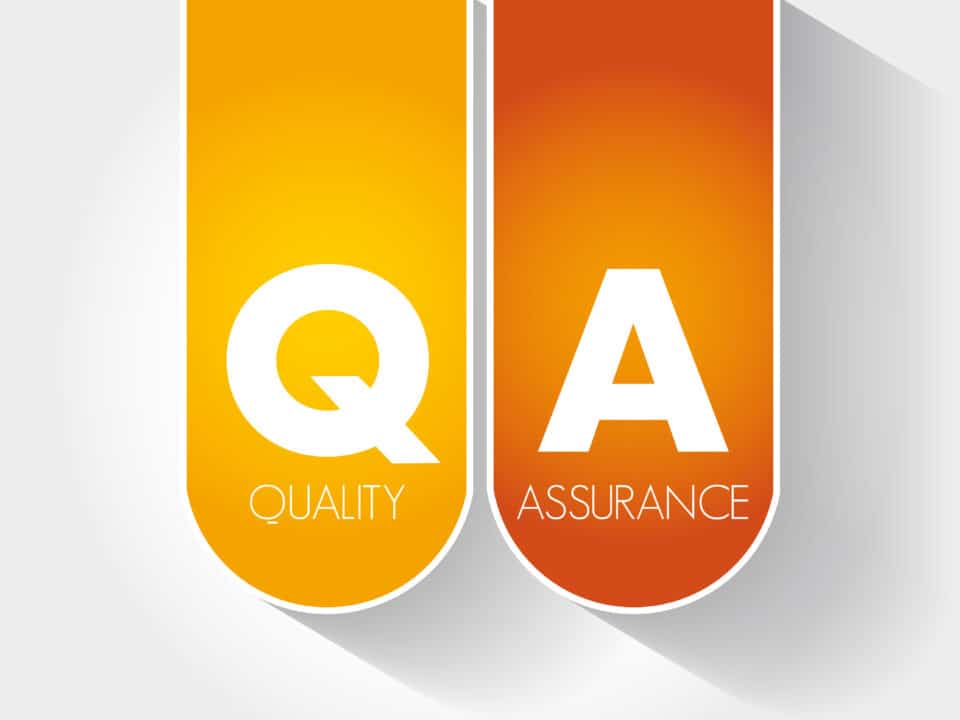
Yep, It’s Still Not Dead – Medical Transcription Lives On
July 28, 2021
Transcription Costs – How Physicians Can Reduce or Eliminate Them
September 27, 2021Front End Speech Recognition & Alternatives
So, you’re weighing the decision to use speech recognition, a medical scribe, or dictation and transcription. Each has its advantages and drawbacks. How do you choose? In this article, we’ll help you make up your mind.
Front End Speech Recognition
Front end speech recognition (FESR) is likely best suited to caregivers and organizations that want predictable charting costs and the ability to create unlimited documents without delay. For a one-time, flat fee or a recurring subscription, providers can dictate as much or as little as they need. What’s more, there’s no waiting for reports to come back from a medical transcriptionist when they are generated in real-time on the screen as a physician dictates. Because FESR isn’t 100% accurate, a caveat is that physicians need to edit FESR misrecognitions.
Pros: Unlimited Charting for A Flat Fee, Real-Time Patient Documentation
Cons: Self-Editing Required
Medical Scribe
The most significant appeal for hiring a medical scribe is how significantly he can reduce the time a provider needs to spend in their EHR. As the scribe interprets conversations between the patient and provider, they create a report for the physician to review later. However, because medical students commonly work as scribes and work in the position temporarily, providers often play the role of teacher indefinitely. What’s more, because of the high turnover rate and variable skill level of scribes, providers need to review notes pre-signature carefully.
Pros: Significantly Reduced EHR Screen Time, No Need to Dictate
Cons: High Scribe Turnover Rate, Ongoing Training of New Scribes
Dictation and Transcription
Traditional dictation and transcription have been a reliable patient charting mainstay for decades. Professional medical transcriptionists tend to deliver the highest quality notes with the fewest errors. Likewise, because medical transcriptionists are not present in the exam room, this is the least intrusive documentation method for patients. Of course, waiting for potentially hours or longer to receive a completed report back can be a drawback. Additionally, variable report lengths and patient volumes can make budgeting less predictable.
Pros: Highly-Accurate Patient Charts, Least Obtrusive to Patient Care
Cons: Extended Turnaround Time, Variable Costs
The Best Charting Option
Ultimately, no documentation method is better than the other. Front end speech recognition, physician scribes, and dictation and transcription are excellent ways to complete patient charts. It comes down to physician preference, budget, and time. Sometimes combining multiple methods is the best option. For instance, a practice may want physicians to use front end speech recognition for clinic notes, which tend to be voluminous and costly to process by other means. A medical transcription company may make good sense for lengthier but less frequently occurring reports, like operative reports. No matter which method(s) you are most interested in pursuing, Athreon can help you convert your speech to text quickly, securely, accurately, and affordably. Contact Athreon for a free consultation to learn more.





